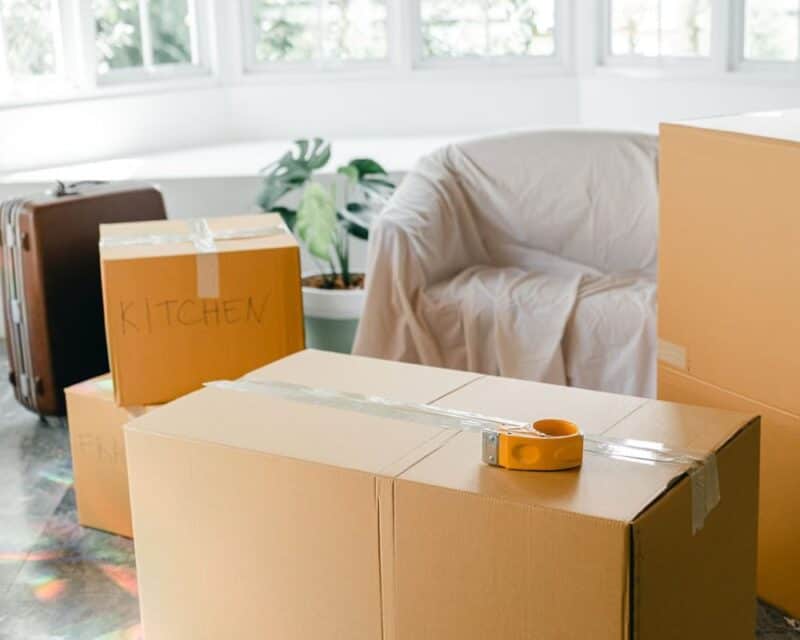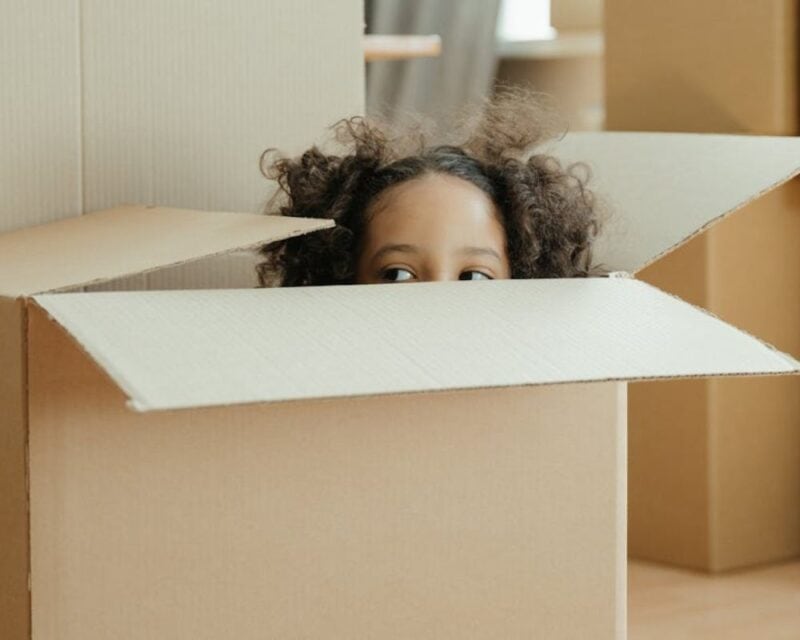Start with a Solid Plan
One cannot overstate the importance of planning when preparing for a long-distance move. Select a feasible moving date, considering work schedules, school calendars, and housing leases. This date will dictate the timeline for your planning and packing. Outline critical milestones, such as when to start contacting moving companies, finalizing housing arrangements, and beginning to pack each room. Establish a clear budget encompassing all potential expenses—from packing supplies and professional movers to travel and emergency funds.
Finding the Right Moving Company

The company you entrust with your belongings can make or break your moving experience. Moreover, long distance moving can often be perceived as daunting, teeming with potential stressors and logistical challenges. However, with a systematic approach and strategic planning, the process can become a manageable and even exciting transition to a new chapter in one’s life. Research and compare different moving services, paying close attention to reviews and recommendations. Verify the company’s statements and inquire about their experience with long-distance moves. Request in-home estimates to get the most accurate quote and discuss packaging, handling of valuables, and insurance policies in detail.
Declutter Your Life Before You Pack
Before boxing up your belongings, take the opportunity to declutter your living space. Sort your possessions and decide what should make the trip to your new home. Decluttering is cathartic and cost-efficient—less volume translates to lower moving costs. Organize a yard sale or donate items that no longer serve a purpose in your life. Streamlining your belongings, will you’ll the burden of packing, moving, and unpacking.
The Art of Packing: Tips and Tricks
Adequate packing is a skill that can significantly impact the ease of your move. Use quality, durable boxes and packing materials to secure your possessions. Employ packing techniques that maximize space while minimizing the likelihood of damage. Lighter objects should be stacked on top of heavier items. Mark each box clearly describing its contents and the destination room, facilitating an efficient unpacking process at your new home.
Moving Checklist: Your Organizational Companion
A comprehensive moving checklist serves as your roadmap, steering you through each phase of the moving process so no task is overlooked. Break your move into smaller tasks, categorized by weeks or even months. Include deadlines for changing your address, confirming arrangements with the moving company, and setting up new utilities. Keep this checklist easily accessible, revising and checking off tasks as you go along.
Special Items Require Special Attention

If you possess delicate or high-value items like pianos, artwork, or antiques, consult your moving company about special packing and handling requirements. These items may require custom crating and should be insured separately for their total value. Take photos and document their condition before the move to support any potential claims for damage.
Managing Utilities and Services Before Moving Day
A new home does not mean much if it lacks essential services. To ensure a seamless transition to your new residence, schedule the discontinuation of current utilities and the activation of new ones, including water, electricity, gas, internet, and cable, to coincide with your move. Also, notify your bank, credit card company, and any subscription services of your address change.
Your Moving Day Essentials Kit
Having an essentials kit is a game changer amidst the chaos of the moving day. Pack a bag or box with items you’ll need for the first 24-48 hours in your new home, such as snacks, clothing, medications, toiletries, and essential documents. Keep this kit with you instead of the moving truck to avoid mishaps.
Understanding Your Moving Insurance Options
Moving companies offer various insurance options to protect your belongings during the move. It’s crucial to understand the coverage details, whether basic liability insurance or full-value protection. Knowing your insurance terms and conditions can give you the peace of mind that you’ll be compensated for any mishaps.
Getting Acquainted with Your New Home and Community

After the move, take time to settle in your new space. Begin by arranging the foundational rooms of your house, like the bedroom and kitchen. Introduce yourself to neighbors and local business owners to start forming community connections. To understand your new environment, investigate local amenities and resources, such as schools, parks, and libraries.

